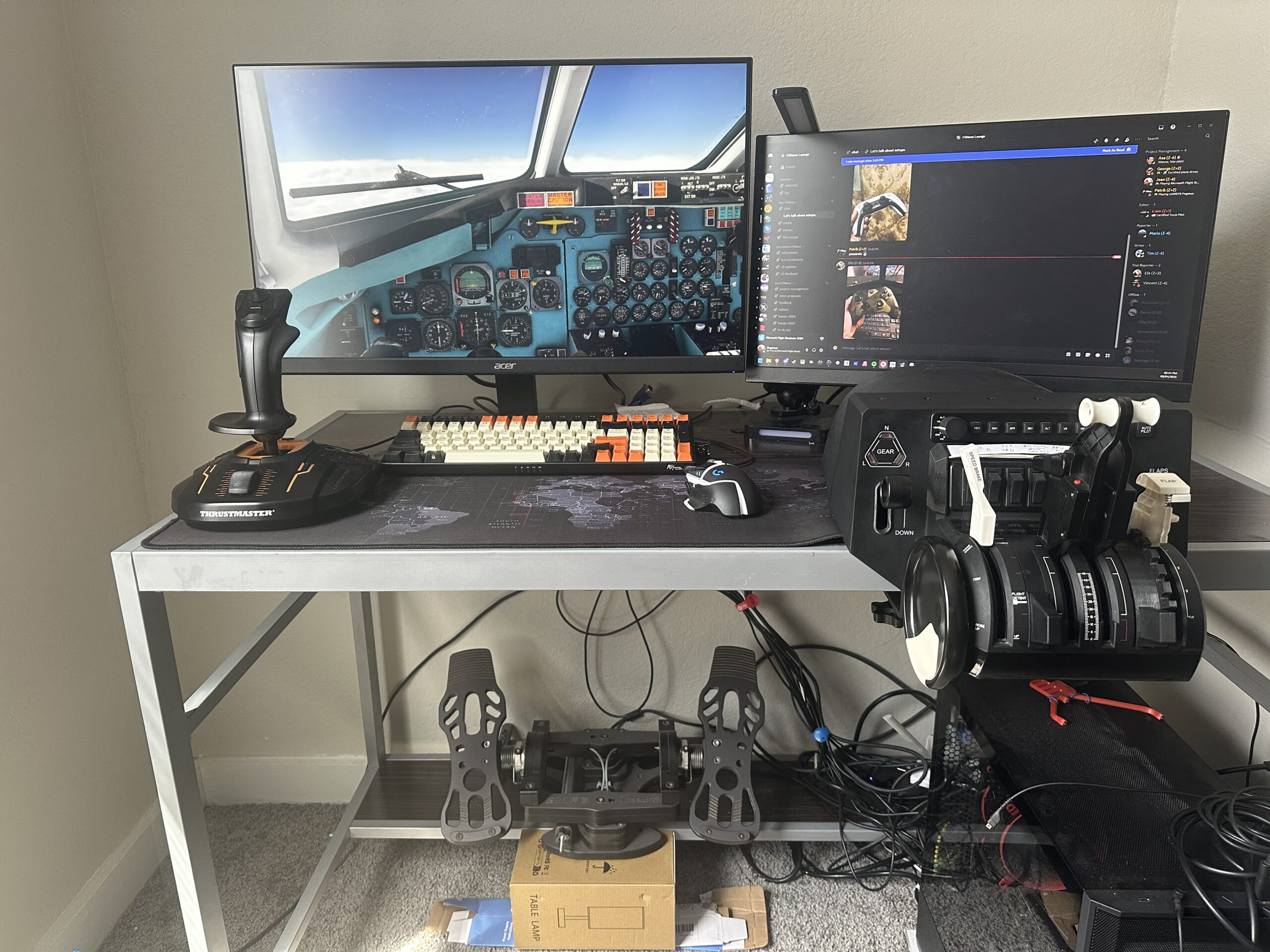Captain Sim has today, as it was scheduled, released the first update for the recently released Boeing 767-300ER rendition for Prepar3D. Version 0.94 features fixed flaps position together with the animations improved, cargo door animation improved, fixed “remove before flight” textures, and few new features added to the aircraft.
Most new features that were added to the aircraft have something to do with the spoilers and flaps. As usual, the complete changelog can be found below.
Changelog
New features:
– Beyond flaps 25 inboard flaperons will retract by half to reduce drag.
– Outboard high-speed aileron, spoilers #4,5,8,9 and roll spoilers lockout according to the following schedule:
S.L. to 10,000 ft = 275 +/- 5 kts
10,000 ft to 18,000 ft = M0.50 +/- M0.02
18,000 ft to 27,000 ft = 235 +/- 5 kts
27,000 ft to ceiling = m 0.58 + 0.02
– Spoilers #4-9 will never act as in-flight speed brakes.
– Flaperons position indicator on EICAS.
– Flaperons and elevator droop with the aircraft on the ground and no hydraulic pressure.
– FMC: native .rt route support.
Fixed:
– Flaps position/animation improved.
– Landing gear shock strut compression which corrected airplane height.
– THR light button on the MCP doesn’t stay on until VNAV is engaged.
– FMC PAX and cargo configuration issue when the units set to KG.
– Missing ‘remove before flight’ texture.
– ‘RAT unlocked’ after a scenario/vechicle reload.
– GA thrust mode annunciation should remain in CRZ until flaps come out of the UP position.
– Cargo doors animation timing improved.
– The left electric demand pump is inhibited on the ground during engine start of either engine, when only one electrical generator is operating. The left demand pump PRESS and SYS PRESS lights may illuminate when starting engines on the ground.
– Hydraulic pressure for operation of the left and right engine thrust reversers comes from the left and right hydraulic systems respectively. Loss of either hydraulic system renders the associated thrust reverser inoperative.
Feel free to join our Discord server to share your feedback on the article, screenshots from your flights or just chat with the rest of the team and the community. Click here to join the server.


















